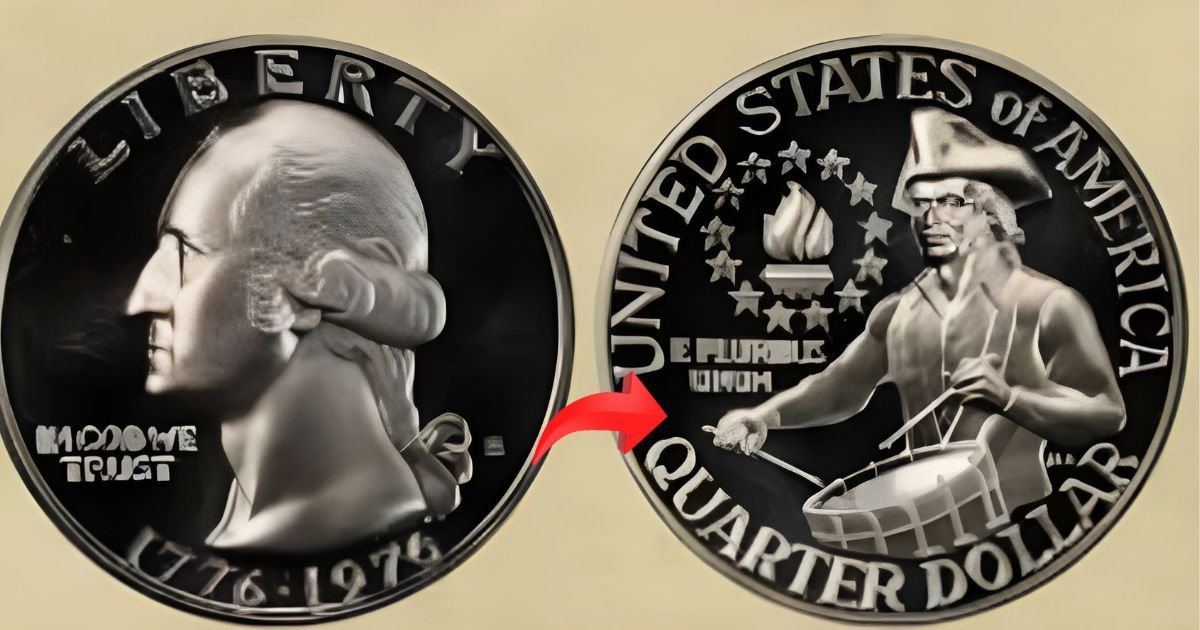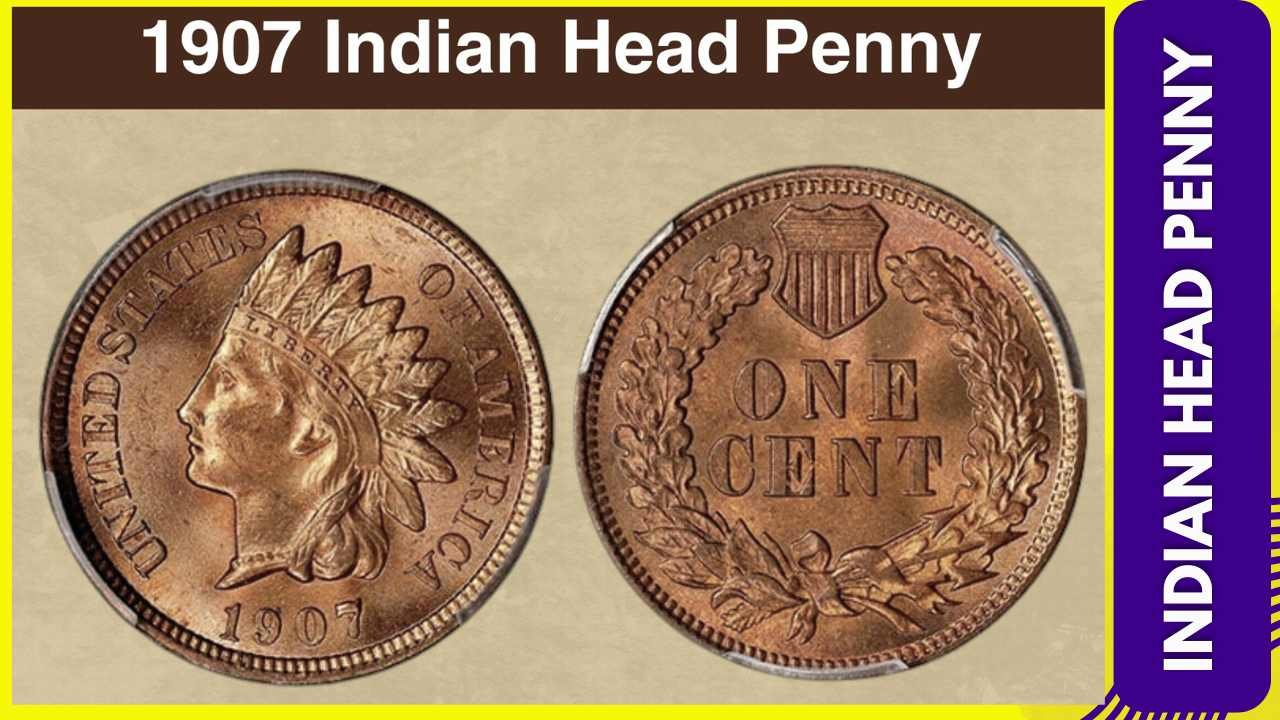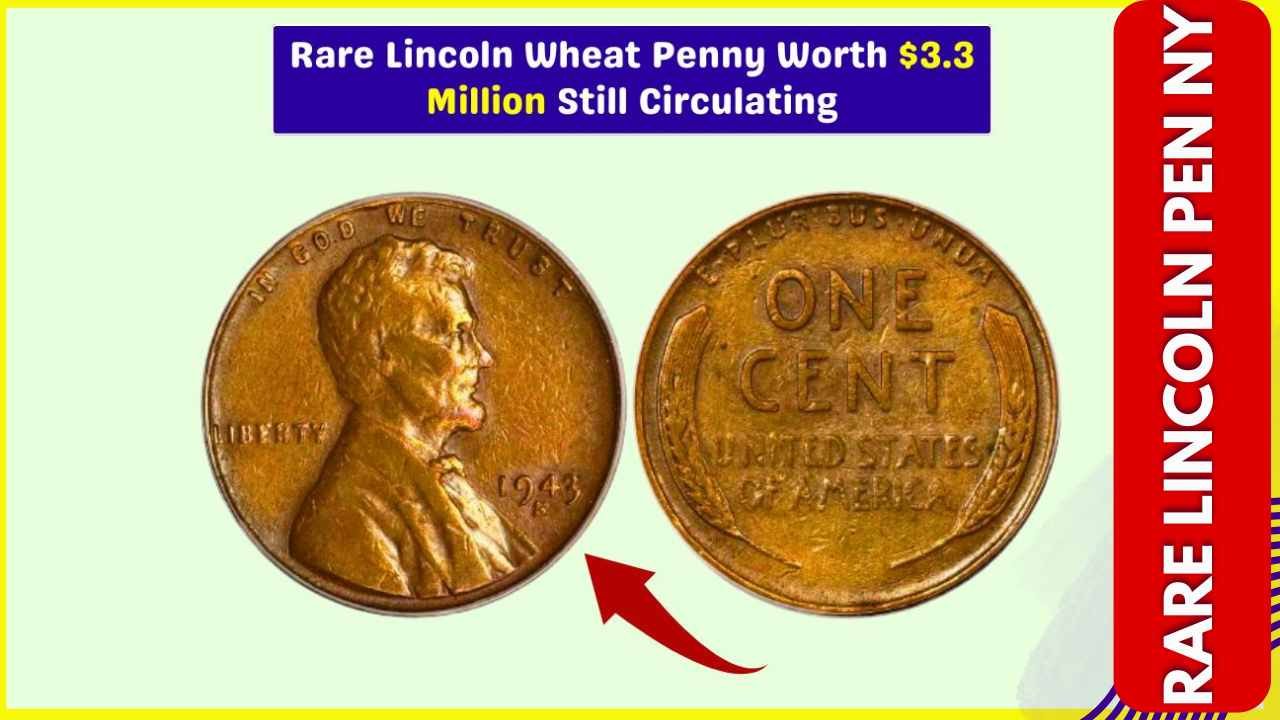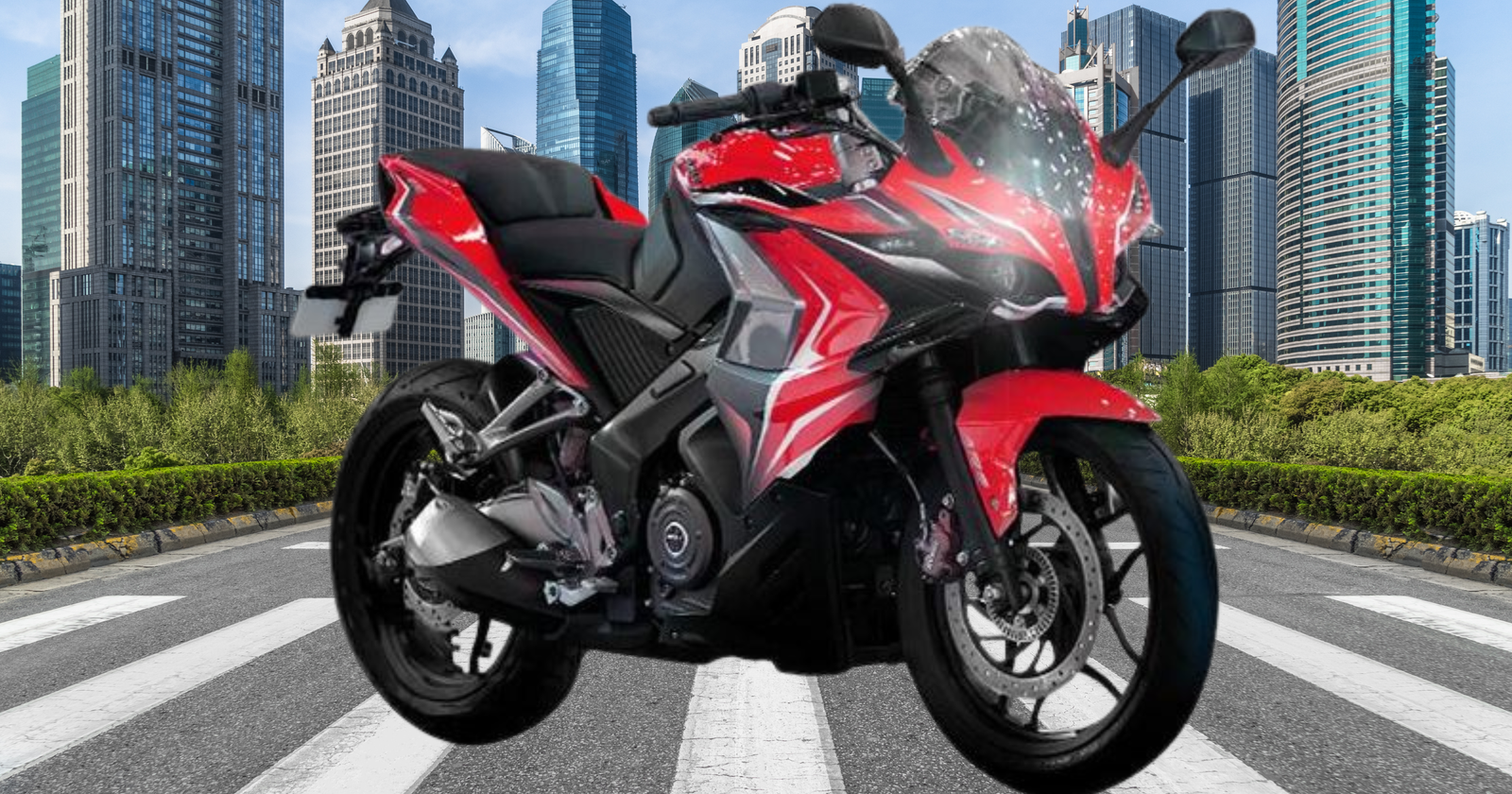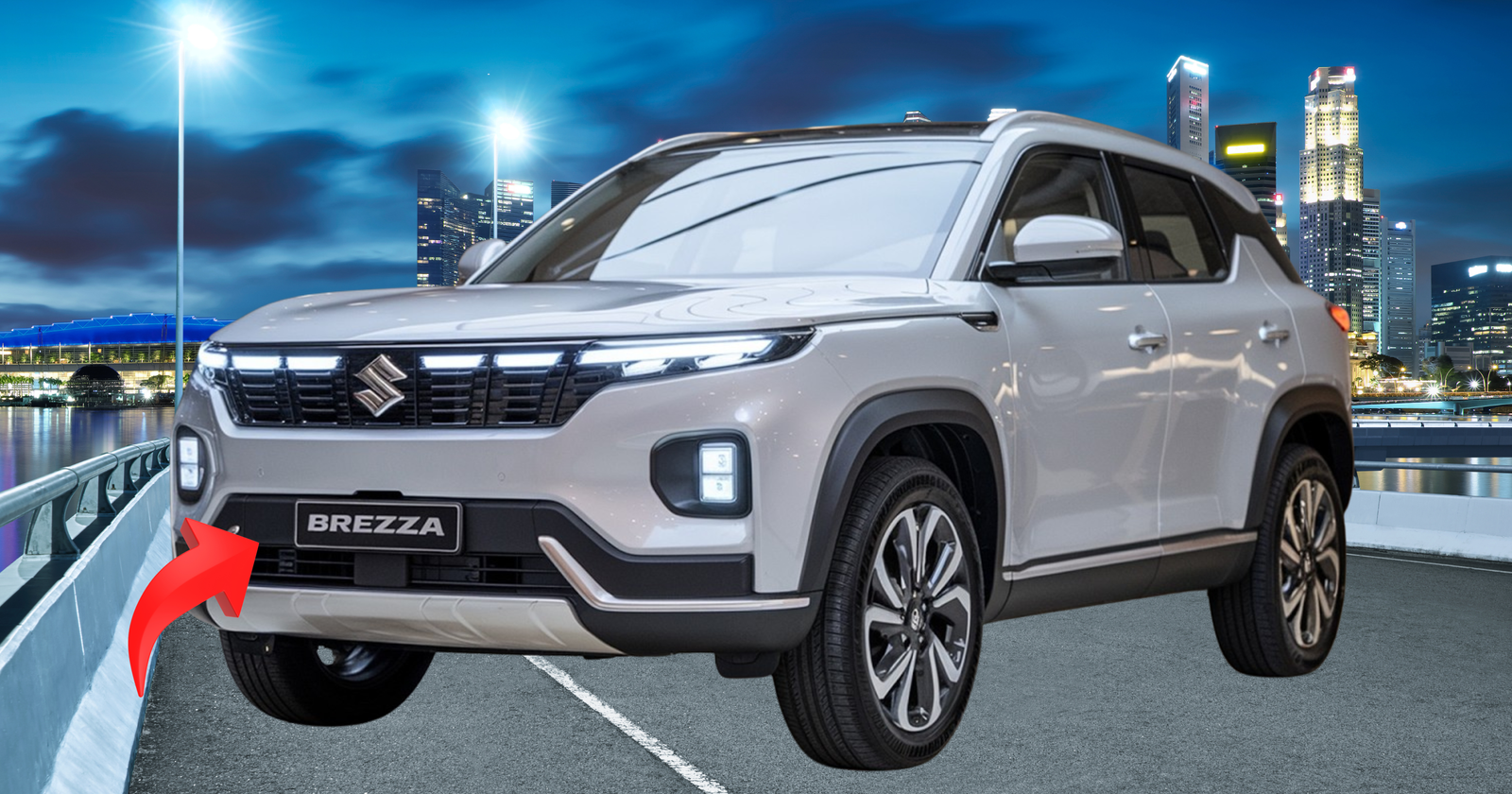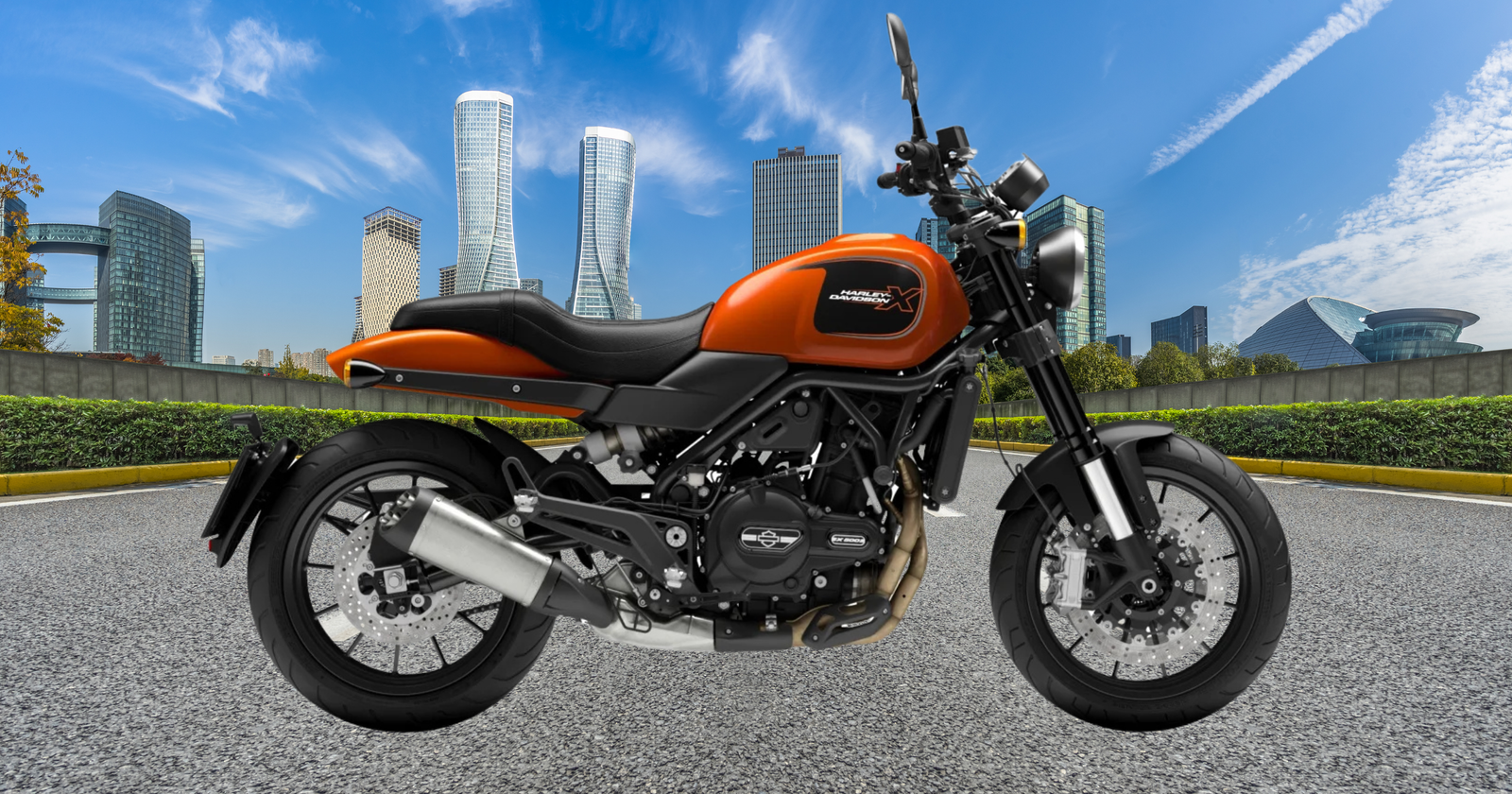Imagine finding a quarter in your spare change that’s worth a staggering $2.5 billion. It sounds like a dream, but tales of a rare 1976 Bicentennial Quarter have captured the imagination of coin collectors and enthusiasts worldwide.
While the exact value is subject to debate, certain Bicentennial Quarters have fetched impressive sums due to unique errors and exceptional conditions.
Table of Contents
Understanding the Bicentennial Quarter
In 1975 and 1976, the U.S. Mint released special quarters to commemorate America’s 200th anniversary. These coins featured:
Obverse: Portrait of George Washington
Reverse: A colonial drummer boy with a torch encircled by 13 stars
Dual Date: 1776–1976
Over 1.7 billion of these quarters were minted, making them common in circulation. However, specific variants with minting errors or unique features are highly sought after
What Makes a Bicentennial Quarter Valuable?
Several factors can elevate the value of a Bicentennial Quarter:
Minting Errors: Mistakes during production, such as double dies or off-center strikes
Material Composition: Quarters struck in 40% silver instead of the standard copper-nickel clad
Proof Quality: Coins with a mirror-like finish, often produced for collectors
Condition: Coins in mint state (MS) or proof condition are more valuable
Notable Rare Bicentennial Quarters and Their Estimated Values
Coin Variant Estimated Value Description
1976-S Silver Proof Bicentennial Quarter (Deep Cameo) Up to $5.2 million Features a deep cameo finish with exceptional contrast.
1976 Double Die Obverse Bicentennial Quarter Up to $5 million Displays noticeable doubling on the obverse inscriptions.
1976 Off-Center Strike Bicentennial Quarter Up to $4.8 million Struck off-center, resulting in a misaligned design.
1976-S Silver Bicentennial Quarter (MS70) Up to $4.5 million A perfect mint state silver quarter with pristine condition.
1976-S Proof Error Bicentennial Quarter Up to $4.2 million A proof coin struck on an incorrect planchet, leading to unique features.
*Note: Values are approximate and based on auction results and collector demand. *
How to Identify a Valuable Bicentennial Quarter
To determine if your Bicentennial Quarter is valuable, consider the following steps:
1. Examine for Errors: Look for doubling in the inscriptions or images, off-center designs, or unusual features.
2. Check the Edge: Silver quarters lack the copper stripe seen on standard quarters.
3. Assess the Finish: Proof coins have a mirror-like surface with sharp details.
4. Weigh the Coin: Silver quarters are heavier than their clad counterparts.
5. Consult a Professional: If you suspect you have a rare coin, have it evaluated by a certified coin grading service.
FAQs : About the Rare Bicentennial Quarter
Q1: Is the $2.5 billion value of the Bicentennial Quarter real?
While no Bicentennial Quarter has officially sold for $2.5 billion, certain rare variants have fetched millions at auctions due to their unique features and conditions.
Q2: Can I find a valuable Bicentennial Quarter in my change?
It’s rare but possible. Always inspect your quarters for unusual features or errors.
Q3: What should I do if I think I have a rare Bicentennial Quarter?
Avoid cleaning it, store it safely, and consult a professional coin grading service for evaluation.
Q4: How many Bicentennial Quarters were minted?
Approximately 1.7 billion Bicentennial Quarters were produced in 1975 and 1976.
Q5: Are all silver Bicentennial Quarters valuable?
Not necessarily. While silver quarters are more valuable than clad ones, their worth increases significantly if they are in mint condition or have unique features.
Read also :- 1942 Wheat Penny: What It’s Worth and How to Identify It
